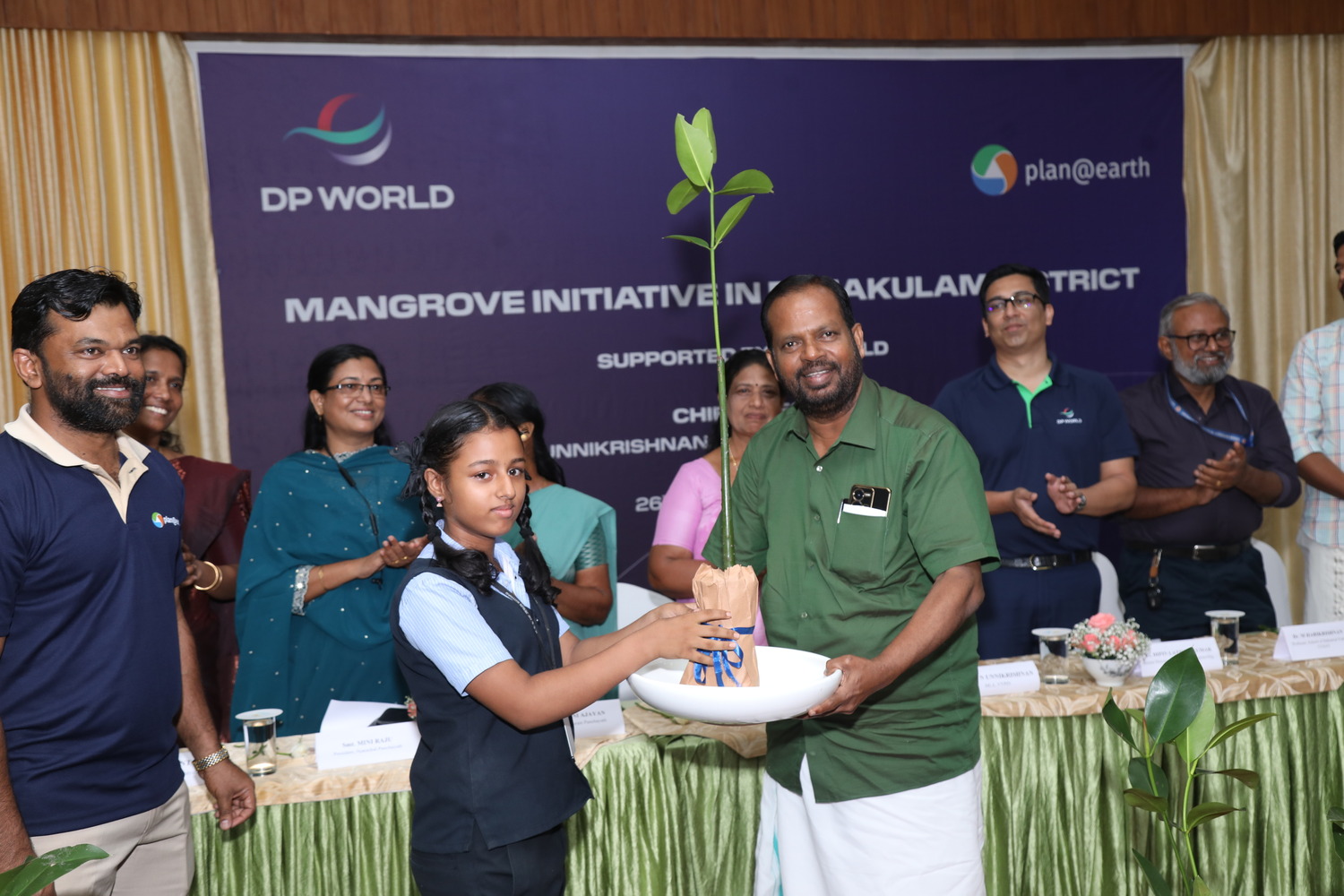Historic Growth, Bold Investments, and a New Era of Competition in Maritime Logistics
Maritime News India : In a powerful signal of India’s rising dominance in global trade, the country’s Major Ports have posted record-breaking numbers for FY 2024-25, handling nearly 855 million tonnes of cargo — a significant growth of 4.3% and a leap from 819 million tonnes the previous year. More than just a statistical achievement, this performance showcases India’s deepening resolve to become a logistics powerhouse, with global ambitions tied to efficient, future-ready infrastructure.
But beyond the numbers lies a transformation story — one of modernization, sustainability, and intense competition on both domestic and international fronts.
Impressive Growth Across Key Commodities
This growth is a result of several dynamic factors:
- Container Throughput: Increased by 10% compared to the previous fiscal year.
- Fertilizer Cargo Handling: Grew by 13%.
- POL Cargo Handling (Petroleum, Oil, and Lubricants): Increased by 3%.
- Miscellaneous Commodities: Soared by 31%, reflecting diversification in the types of cargo handled.
Among the highest-performing commodities:
- POL Cargo: Dominated with 254.5 million tonnes (29.8% of total cargo).
- Container Traffic: Reached 193.5 million tonnes (22.6% of total cargo).
- Coal: Handled 186.6 million tonnes (21.8%).
What’s Driving This Growth?
The growth of 4.3% is underpinned by robust expansion in high-value sectors: container traffic jumped 10%, fertilizers by 13%, and even POL (Petroleum, Oil & Lubricants) saw a 3% uptick. Notably, the handling of miscellaneous commodities soared by 31%, suggesting diversification in port activities and emerging opportunities.
Two ports — Paradip and Deendayal — crossed the 150 million tonne mark for the first time, solidifying their roles as national gateways for trade. Meanwhile, JNPA, India’s premier container port, handled a record 7.3 million TEUs — a 13.5% annual growth — reflecting strong global integration.
India’s Port-Led Industrialization Picks Up Steam
A game-changer quietly underway is the strategic allocation of 962 acres of port land — valued at ₹7,565 crore — for port-led industrialization. With an estimated ₹68,780 crore in private investments expected, this signals a shift toward the creation of coastal manufacturing and logistics hubs — mini-economic engines designed to decongest hinterland supply chains and boost exports.
PPP projects in major ports have surged threefold since FY 2022-23, reflecting growing private confidence in government reforms. The message is clear: ports are no longer mere cargo points — they are now catalysts for industrial clusters and global supply chain shifts.
What It Really Means for India — and the World
India is clearly shifting from being a reactive port economy to a proactive maritime leader. With the global logistics landscape increasingly focused on efficiency, sustainability, and automation, India’s performance signals readiness to compete with top global ports like Singapore, Rotterdam, and Shanghai — though the gap in automation and digital infrastructure still persists.
Whether India is already “best in class” globally is up for debate, but it’s indisputable that it is moving rapidly in that direction. Mechanisation, process re-engineering, and digital port community systems are making Indian ports more responsive and less bureaucratic — key factors in international competitiveness.
How the Industry Must Adapt
This transformation is creating pressure — and opportunity — across the board:
- Shipping companies will need to integrate real-time tracking, green fuels, and faster turnaround expectations.
- Logistics providers must align with multimodal connectivity, reducing dependence on road freight.
- Port operators are expected to digitize and decarbonize simultaneously, or risk falling behind.
With average turnaround times cut nearly in half (from 96 hours in FY15 to 49.5 in FY25) and output per berth day rising sharply, there’s less tolerance for inefficiency in the new ecosystem.
A Decade of Progress — and the Road Ahead
India’s ports have doubled their total income in the past decade — from ₹11,760 crore in FY 2014-15 to ₹24,203 crore in FY 2024-25. Cargo volumes are up nearly 50%, while operating ratios have fallen dramatically — a sign of maturing management and infrastructure.
Minister of Ports, Shipping and Waterways, Sarbananda Sonowal summed up the mood, saying:
“These milestones would not have been possible without the collaborative efforts of the Ministry, port authorities, officials, and employees. We are building globally competitive, sustainable, and future-ready ports that will power India’s economic growth and global trade footprint.”
The Global Opportunity — and the Competitive Reality
India is no longer playing catch-up. It’s now building its own benchmarks. But as Southeast Asian ports invest aggressively in automation and Africa’s maritime gateways modernize rapidly with Chinese investments, the race is far from over.
India must continue investing in smart logistics zones, real-time cargo movement platforms, and green shipping corridors to sustain this momentum.
FY 2024-25 may be remembered not just for its numbers, but for the signal it sent: India’s ports are no longer just national assets — they are global contenders.




